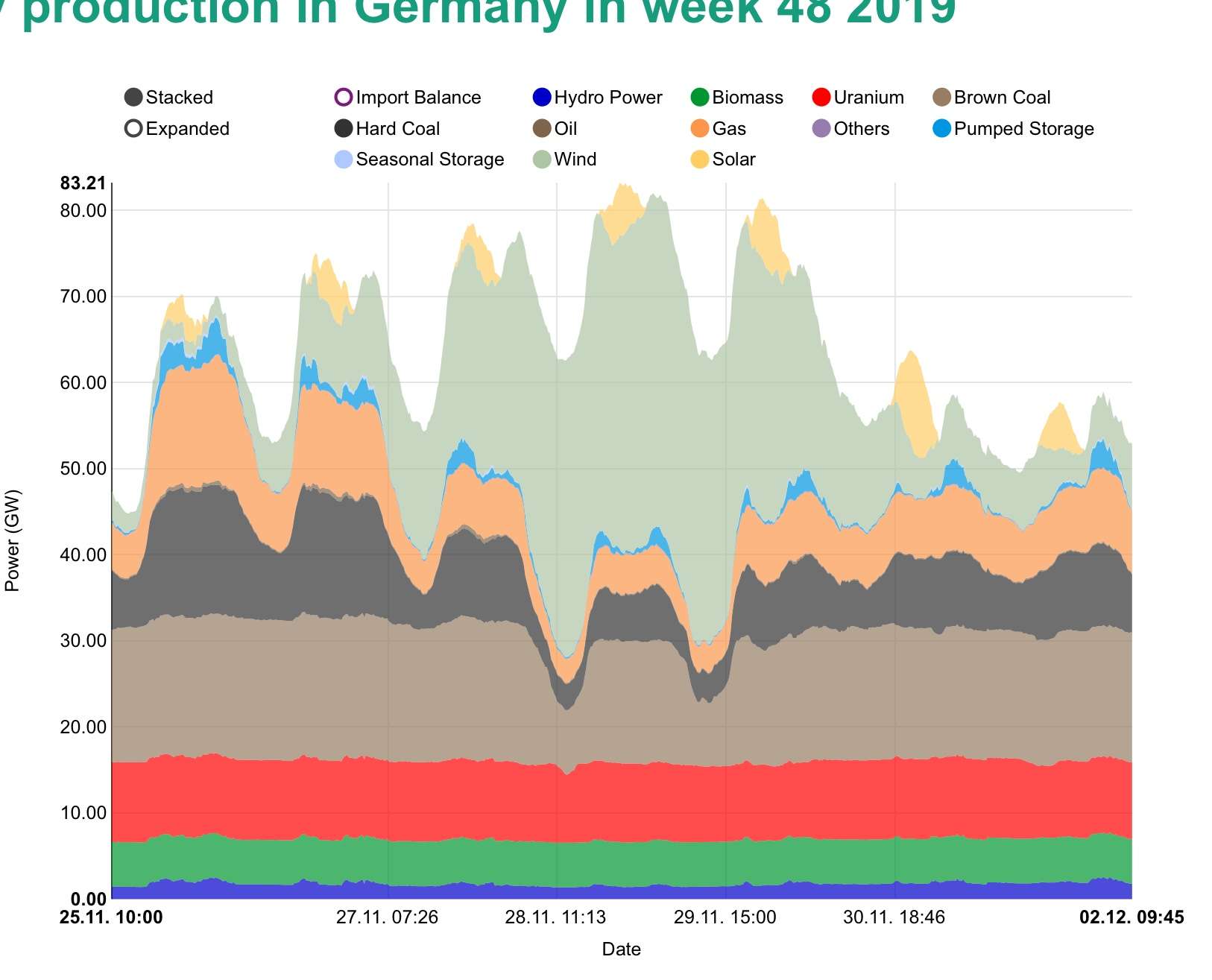Hillhater said:
...
If you keep telling yourself often enough, eventually you might believe that.. !

.....but anyone who bothers to check the facts, will not !
2020 solar production (up to June 16)...24.5 TWh
2020 Nuclear production same period....28.2 TWh
And of course you ignor the fact that the Nuclear generation is produced at a constant 6-7 GW , 24 hrs every day, from just 8GW installed capacity, whilst the solar is produced intermittently, from a 50 GW installed capacity, in a variable, unpredictable pattern and never for a continuous 24hr period.
.....i cannot believe we are still persisting with such a flawed generation system after 30+ years of dealing with its issues.
You are right, I've been wrong here.
I mixed the numbers up solar vs. nuclear. Actually nuclear production in 2020 was a bit higher than solar production so far as you stated correctly.
Obviously solar production s higher during day than during night, but that usually fits the demand curve.
The best indicator would be to compare the market price of solar vs the market price of nuclear.
A market price for nuclear does not exist afaik, but the baseload price might be a substitute for that
Have a look:
Solar: https://www.netztransparenz.de/EEG/Marktpraemie/Marktwerte
Baseload: http://www.baseload.kwk-infozentrum.de/
During the last years the average value of baseload production has not differed significantly from the average value of solar electricity in Germany, give or take 1ct/kWh here and there.
2020 is a special Situation because of the market crash during the Covid-19 shutdown. We now have prices around 1-2ct/kwh and we will have to see how that develops.
Obviously the market value of solar will self canibalise itself, when you have lets say 100GW, but for 50GW the value is still there as you can see from the charts.
The problem in the German electricity market during the last years is not to high prices but way to low prices. The most significant cause of that is the nature of the EEG which puts the RE at a price of 0ct/kwh in the merit order of power plants.
This system needs a reform but THIS is difficult.
Prediction of solar power and the intermediate nature of its production is not so complex. We had the partial solar eclipse in 2015 which had been an excellent test for the grid. Solar power gradients have been as high as the highest gradients would be with 100GW solar power installed and our grid was able to handle that in 2015:
https://www.researchgate.net/publication/283976623_Impact_of_the_Solar_Eclipse_from_20_th_March_2015_on_the_German_Electrical_Supply-Simulation_and_Analysis
The grid and residual power plants have become more flexible since than as you can see on our lignite power blocks which often go into "hot reserve" now, something considered quite impossible just a few years ago, but the plnats can handle the extra stress level.
Shutting down the nukes will give more flexibility, but our next problem is rotating masses in times of "100% RE", a Problem which we will be able to solve, too, of course.
The volatility of solar and wind power is something we can handle, the "lack" of storage is a imagined problem thats does not exist today as you can easily see on the arbitrage market. If there would be a need for that kind of storage the market prices would indicate that. They do not.
5GW of planned extra demand from electrolyseurs till 2030 will add more flexibility from the demand side.
I do not say that all is rosy and of course 100GW or 200GW of solar are much more complicated to integrate than 50GW, but it will be doable. Maybe we will have to throw away some of the produced electricity, because there is not enough demand, not enough grid capacity or not enough storage, but so what?
Throwing away 5% from 100GW and using 95% gives us a lot more solar power than using 99% of 50GW.
You are focusing on problems that we discussed 10 years ago and have already solved. Our actual real problems are quite different like crashing market values, rotating masses, stress in baseload themal power plants that do not produce baseload electricity any more, power gradients and so on...
The main problem oday is the low(!) prices at the EEX. No power plant is able to make money at 2ct/kWh. This is not a technical problem, it's a self made financial problem.


